Motorola S1051C User manual
Other Motorola Measuring Instrument manuals
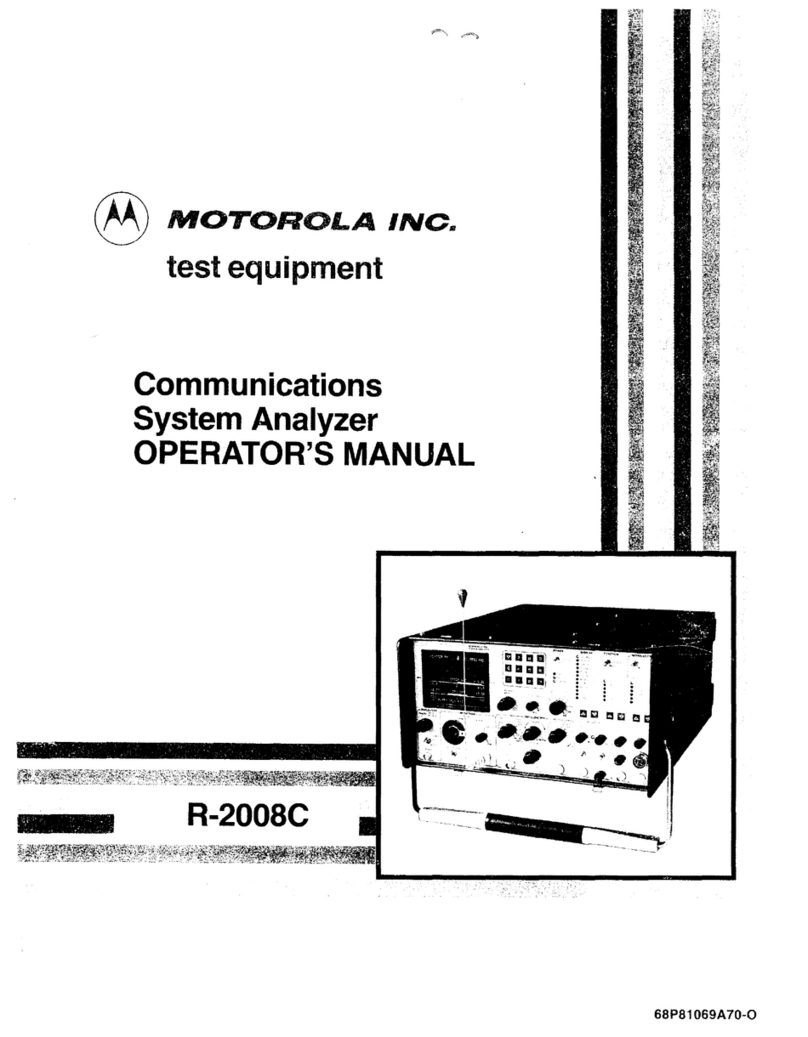
Motorola
Motorola R2008C User manual
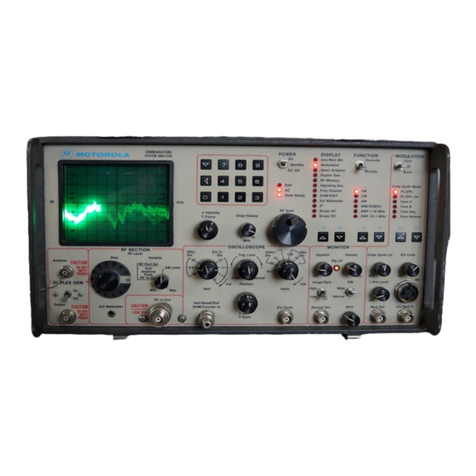
Motorola
Motorola R-2001D User manual

Motorola
Motorola R-2002A User manual
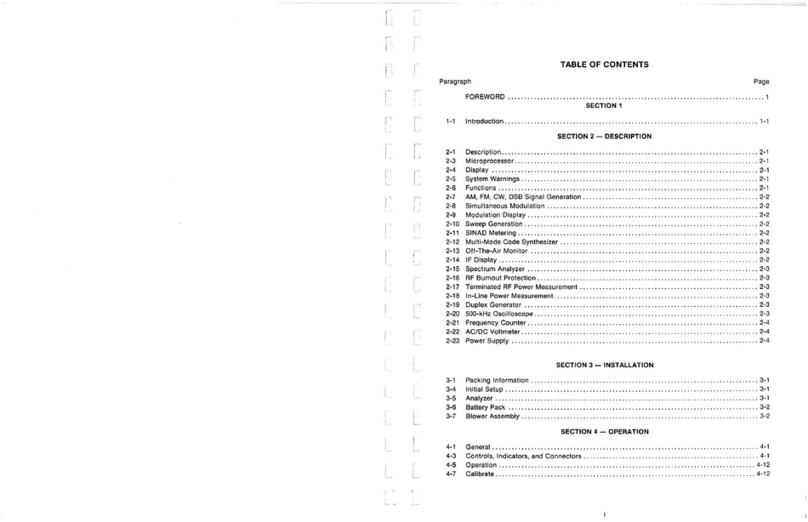
Motorola
Motorola R-20018 User manual

Motorola
Motorola SCOUT2300/2 User manual
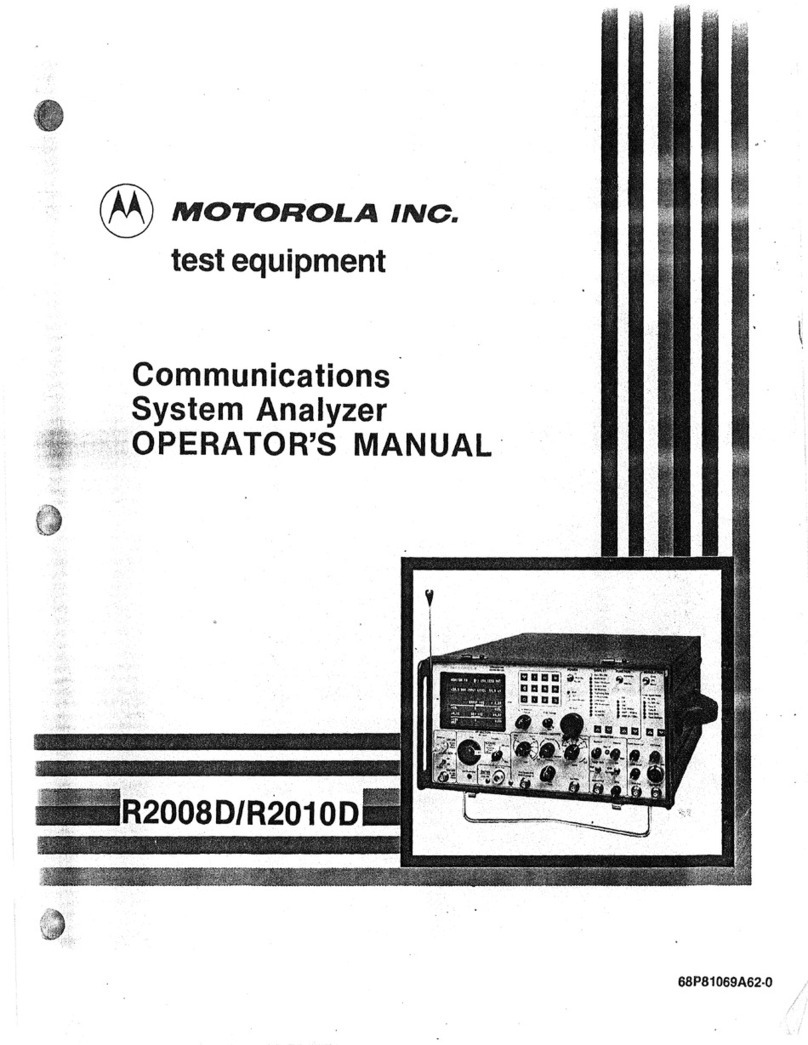
Motorola
Motorola R2010D User manual

Motorola
Motorola R-20010 User manual
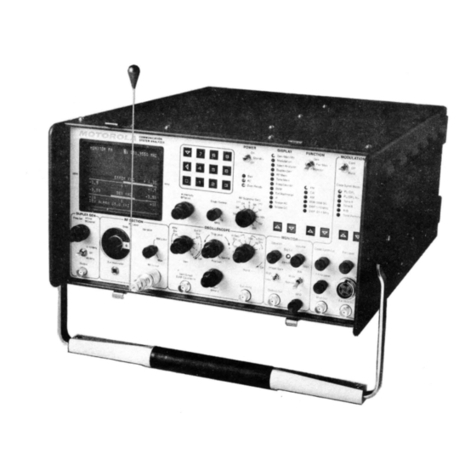
Motorola
Motorola R-2001A User manual
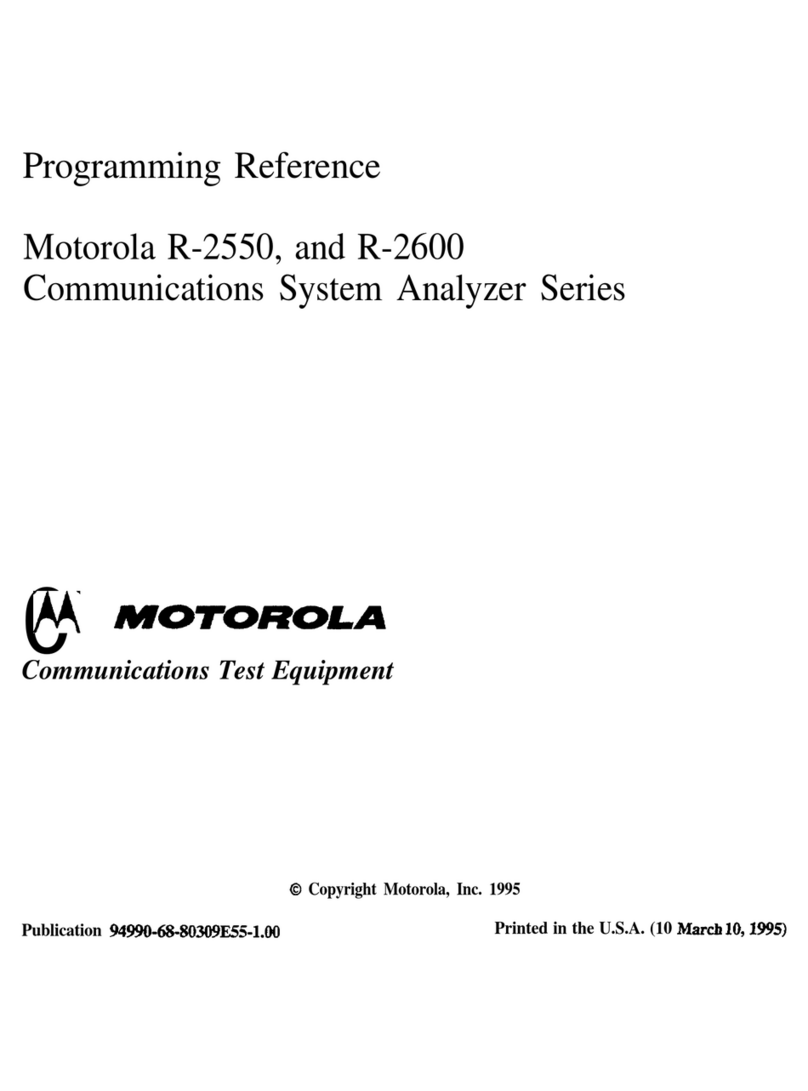
Motorola
Motorola R-2550 Owner's manual
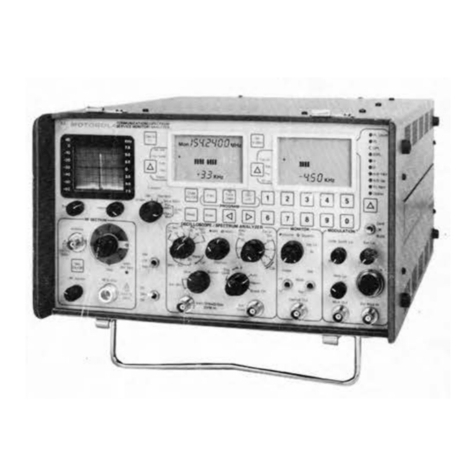
Motorola
Motorola R-2200 User manual
Popular Measuring Instrument manuals by other brands

Powerfix Profi
Powerfix Profi 278296 Operation and safety notes

Test Equipment Depot
Test Equipment Depot GVT-427B user manual

Fieldpiece
Fieldpiece ACH Operator's manual

FLYSURFER
FLYSURFER VIRON3 user manual

GMW
GMW TG uni 1 operating manual

Downeaster
Downeaster Wind & Weather Medallion Series instruction manual

Hanna Instruments
Hanna Instruments HI96725C instruction manual

Nokeval
Nokeval KMR260 quick guide

HOKUYO AUTOMATIC
HOKUYO AUTOMATIC UBG-05LN instruction manual

Fluke
Fluke 96000 Series Operator's manual

Test Products International
Test Products International SP565 user manual

General Sleep
General Sleep Zmachine Insight+ DT-200 Service manual















